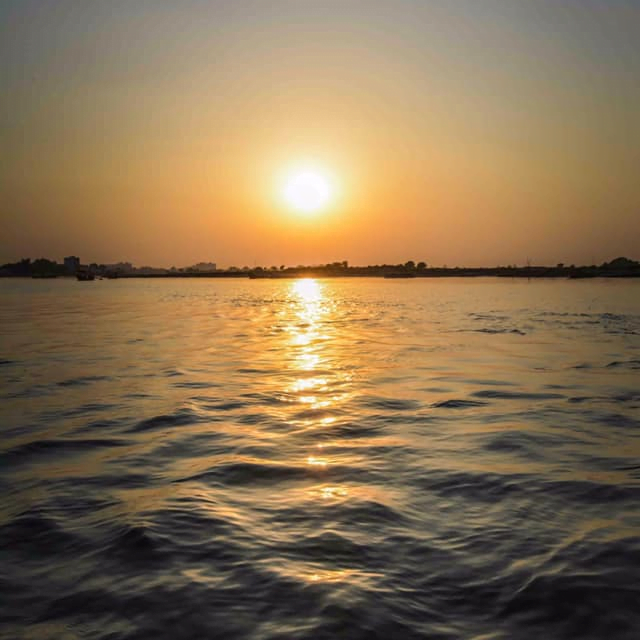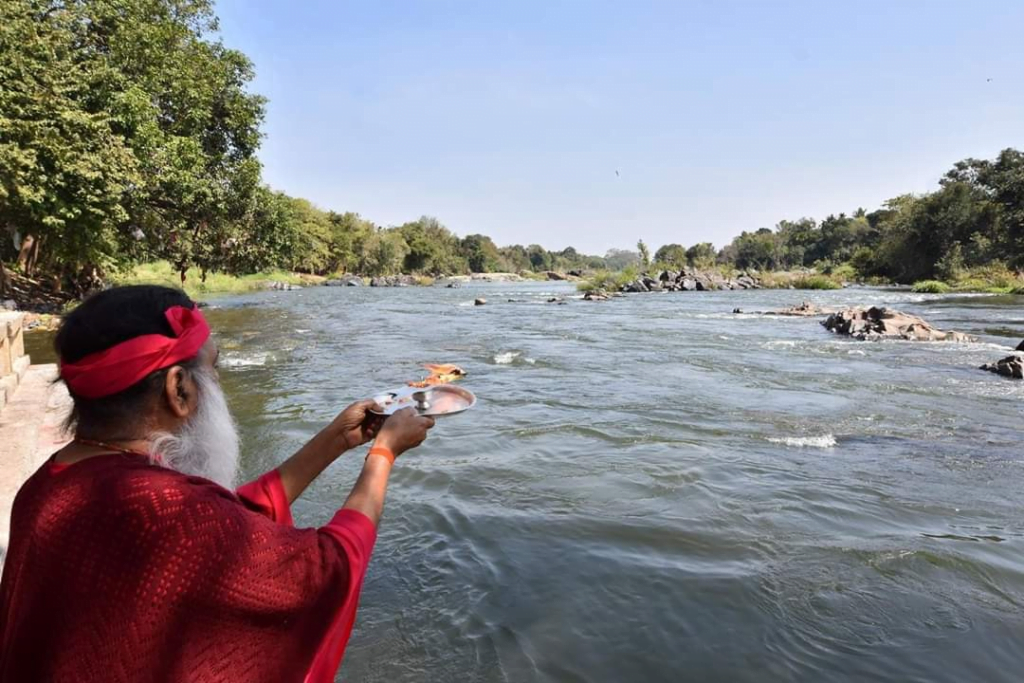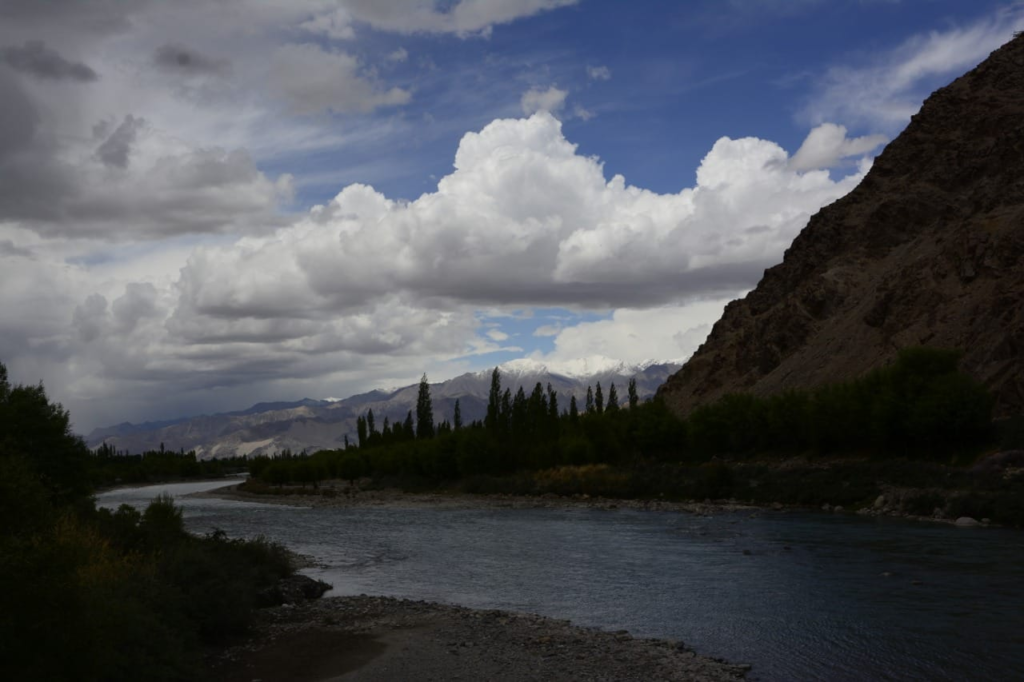India is a land of diverse cultures and religions, and it is home to several holy rivers that hold great significance in the religious and cultural fabric of the country. Rivers are considered sacred by millions of people and are believed to have the power to cleanse sins and provide spiritual solace. In this article, we will explore the 11 Most Sacred Rivers of India, their cultural and religious importance, and their significance in people’s lives.
The Ganges River (Ganges)
The Ganges, also known as the Ganges, is the most sacred river in India. The river originates in the Gangotri Glacier in the state of Uttarakhand and flows through the northern plains of India, covering a distance of 2,525 kilometers before merging with the Bay of Bengal. The Ganges River is considered the lifeline of millions of people and is worshiped as the goddess Ganga.

The Ganges, known as the Ganga, holds profound religious significance within Hinduism. Immersing oneself in its sacred waters is believed to purify the soul and absolve sins. This revered river is intertwined with numerous legends and finds mention in ancient scriptures such as the Ramayana and Mahabharata.
Yamuna River
The Yamuna is another important holy river in India, which is considered a sister to the Ganges. It is a major tributary of the Ganga and flows through the states of Uttarakhand, Himachal Pradesh, Haryana, Delhi, and Uttar Pradesh. The Yamuna is associated with Lord Krishna, who is believed to have spent his childhood and youth in the region.
Read More: Discover the Hidden Gems: 10 Must-Visit Places in Madhya Pradesh

The river holds great religious significance, and taking a dip in its waters is believed to cleanse one’s sins and attain salvation. The annual Yamuna Aarti in Mathura and Vrindavan attracts devotees from all over the country.
Godavari River
The Godavari is the second-longest river in India, originating in the Western Ghats of Maharashtra and flowing through Telangana, Andhra Pradesh, Chhattisgarh, and Odisha before merging with the Bay of Bengal. It is often referred to as the Dakshin Ganga or South Ganga. The Godavari holds great religious importance and is associated with several Hindu mythological tales.

The Kumbh Mela, one of the largest religious gatherings in the world, takes place on the banks of the Godavari every twelve years. The river is believed to bestow blessings and liberation to those who take a dip in its waters.
Narmada River
Originating from the Amarkantak plateau, the Narmada River is revered as one of the seven sacred rivers in Hinduism. It is believed to be the beloved daughter of Lord Shiva and is intertwined with numerous mythological tales.

The Narmada is renowned for its tranquil and picturesque beauty, attracting visitors from far and wide. The Narmada Parikrama, a sacred pilgrimage involving circumambulating the river, holds immense significance for devotees. Taking a dip in its holy waters is believed to wash away sins and purify the soul.
Read More: Top 10 Must-Visit Places in Madhya Pradesh
Sarasvati River
The Saraswati is an ancient river mentioned in Hindu scriptures but is considered to be a mythical river as it is believed to have disappeared in the distant past. According to Hindu mythology, the Saraswati is considered the river of knowledge and wisdom, and it is associated with the goddess Saraswati, the deity of learning and the arts.

The river is mentioned in the Rigveda, one of the oldest religious texts in the world. Though physically invisible, the Saraswati holds great religious and cultural significance, and several rituals and prayers are performed in its honor.
Krishna River
The Krishna is a major river in southern India, originating in the Western Ghats of Maharashtra and flowing through the states of Karnataka, Telangana, and Andhra Pradesh before merging with the Bay of Bengal. The river is named after Lord Krishna and holds immense religious importance, particularly in the state of Andhra Pradesh.

The city of Vijayawada, situated on the banks of the Krishna, is home to the famous Kanaka Durga Temple, a popular pilgrimage site. The river is associated with the life and legends of Lord Krishna, and several festivals and rituals are celebrated on its banks.
Cauvery River
The Kaveri, also called Cauvery, is a sacred river flowing through the states of Karnataka and Tamil Nadu. It originates in the Brahmagiri Hills of Karnataka and flows through several towns and cities before merging with the Bay of Bengal. The Kaveri holds great religious and cultural significance and is considered the lifeline of the region.
Read More: Top Natural Places To Visit In Madhya Pradesh State

It is believed to be a goddess who provides nourishment and prosperity to the people. The river is associated with several mythological legends, and the Kaveri Mahatmya is a popular scripture that describes its significance.
Tapti River
The Tapti is a major river in central India, flowing through the states of Maharashtra, Gujarat, and Madhya Pradesh. It originates in the Betul district of Madhya Pradesh and merges with the Arabian Sea in the Gulf of Khambhat.

Tapti is considered a holy river and is associated with the goddess Tapti, who is believed to reside in its waters. The river holds religious importance, and several temples and pilgrimage sites are situated on its banks. The Tapti is also known for its scenic beauty and is a popular destination for nature lovers and tourists.
Read More: Top Places To Visit In India With A View Above The Clouds
Brahmaputra River
The Brahmaputra is one of the largest rivers in India and holds immense cultural and religious significance in the northeastern region of the country. It originates in the Tibetan plateau and flows through the Indian states of Arunachal Pradesh and Assam before entering Bangladesh and merging with the Ganges.

The river is considered sacred by various indigenous communities in the region and is associated with several mythological tales. The Brahmaputra is also known for its natural beauty and is a lifeline for the people living along its banks.
Sindhu River (Indus)
The Indus, also known as the Indus, is one of the major rivers in the Indian subcontinent. While the majority of the river flows through Pakistan, a portion of it runs through the Indian region of Ladakh in Jammu and Kashmir. The Sindhu holds significant historical and cultural importance and is considered sacred by various communities.

It river finds mention in ancient Indian texts like the Rigveda and is believed to have witnessed the flourishing of the Indus Valley Civilization, one of the world’s earliest urban civilizations.
Kshipra River
The sacred river that originates from the Vindhya Range north of Dhar and flows across the Malwa Plateau, eventually joining the Chambal River, holds great religious and cultural significance.
Read More: Best Places to Visit in June in India – 2023

This river is known as the Shipra River and is home to the holy city of Ujjain. Ujjain, an ancient city in India, is famous as one of the 12 Jyotirlingas, especially the Mahakaleshwar Jyotirlinga.
